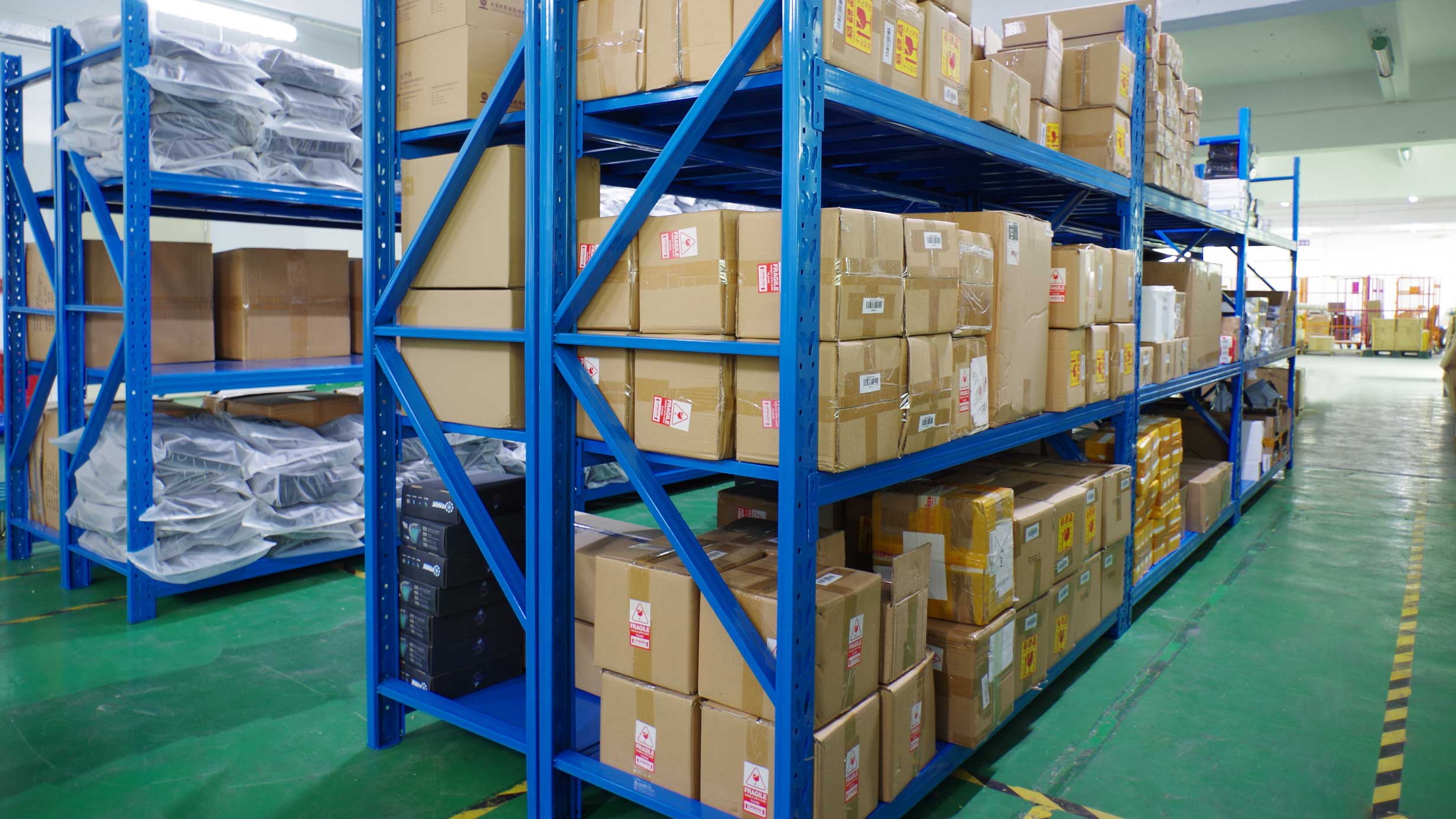Warehousing and distribution services have never been more complex. The digitization of warehouses, rising customer expectations for delivery and customer service, and market competition have put pressure on overall operations. Here are the top 10 warehousing mistakes that many organizations make, and how to avoid them for better business.

The most important responsibility in warehouse management is inventory accuracy. Without a warehouse management system or inventory management system, you face serious challenges in your supply chain. Managing your inventory levels and ensuring accuracy across all locations is impossible without proper planning and software.
Another common mistake organizations make is poor optimization of order picking paths in the warehouse. The most variable aspect in a warehouse is labor costs, which can affect your profitability. You need to make sure your warehouse workers are operating as efficiently as possible. To make the most of their time and energy, you should carefully study the relationship between the location of items and their picking speed. You should keep products that are often picked together as close to each other as possible. Implementing this type of analysis can be quite complex, but with the right software package, you can address this challenge.
A good habit in managing a warehouse is to reduce inventory on a regular basis. When you hold excess inventory, you increase the chances of money being stuck in inventory. Items located in the back of the warehouse can become obsolete and forgotten, preventing you from profiting from them. Minimize inventory levels for a leaner supply chain. You can do this by receiving large orders in small batches.
If your employees are injured frequently, they will need to take more time off or work slowly to prevent their injuries from getting worse. If you try to cut corners or look different when there are workplace safety concerns, you are making a serious mistake. Workers' compensation claims can cost you a lot of money. Rather than waiting for an apology after such an incident, be proactive by optimizing your security practices. Do your best to ensure your employees are in a safe environment when they come to work, and take the time to keep them up to date with current safety procedures.
A cluttered warehouse is not only dangerous, but it also hinders the flow of goods and people, reducing productivity. Establish a household routine by regularly tidying and cleaning after each shift. This will make the next shift more efficient when they start working in an organized and clean environment.
Shipping customer orders on time may seem overwhelming, but this pressure shouldn’t cause you to overlook the WIP aspects of your supply chain. To avoid neglecting this process, assign dedicated personnel to ensure that it is effectively maintained. Make sure you have enough people responsible for receiving the goods.
It's easy to get caught up in the obvious responsibilities of managing a warehouse, which is why many organizations forget to properly measure less obvious operations by ignoring important KPIs. One of these often forgotten operations is the receiving process. Good warehouse management means you need to pay close attention to your entire environment, all the people involved, and every process.
There is no reason why you should still use paper to document your workflow. There are many options in the digital realm to optimize your documents. Embrace the technology available by installing effective software to manage your data and inventory. It will also help you gain better visibility, so you can always know exactly where your products are, how much they are in stock and when they need to be replenished or filter out obsolete products.
Another big challenge in warehousing is employee turnover. When employees leave an organization, there are huge costs that follow. Employees leave for a variety of reasons, but one common reason is that they don't think they're getting enough training and development opportunities to exceed expectations and grow. Employees who do not receive training and development opportunities can also affect you. Without proper training, they are more prone to errors, reducing the quality of the supply chain and increasing inefficiencies. You should ensure that each position has a detailed training plan and that each employee has a career development plan specific to their goals.
If you don't plan for the future, you'll be prepared for failure. If your company doesn't keep growing and developing, it will eventually fail. Although growth rates will vary depending on the industry and company you manage, you should still consider future growth plans. Ask yourself questions such as, how can we scale our current processes, what new technologies can help me be more efficient, and does our current infrastructure support growth?
SERVICE
Copyright © 2022 TakeSendShip. All rights reserved